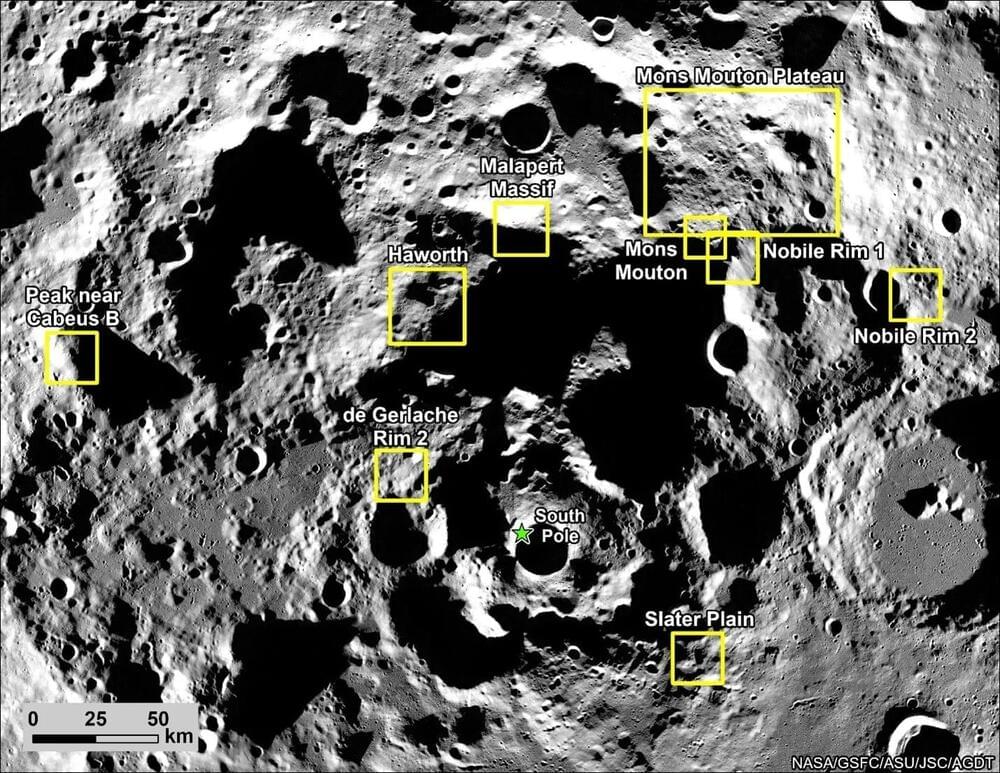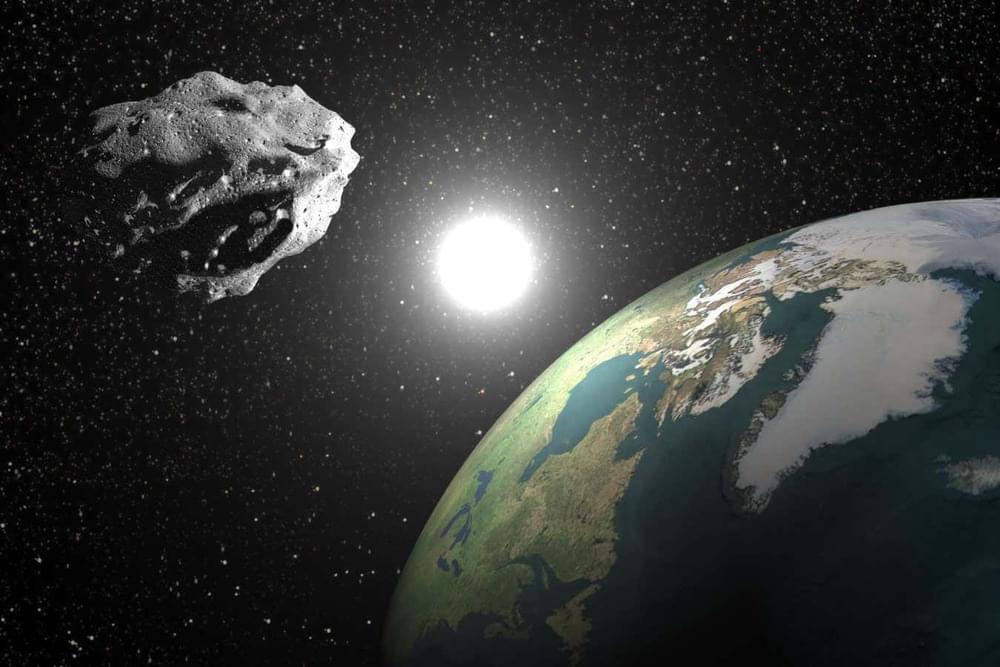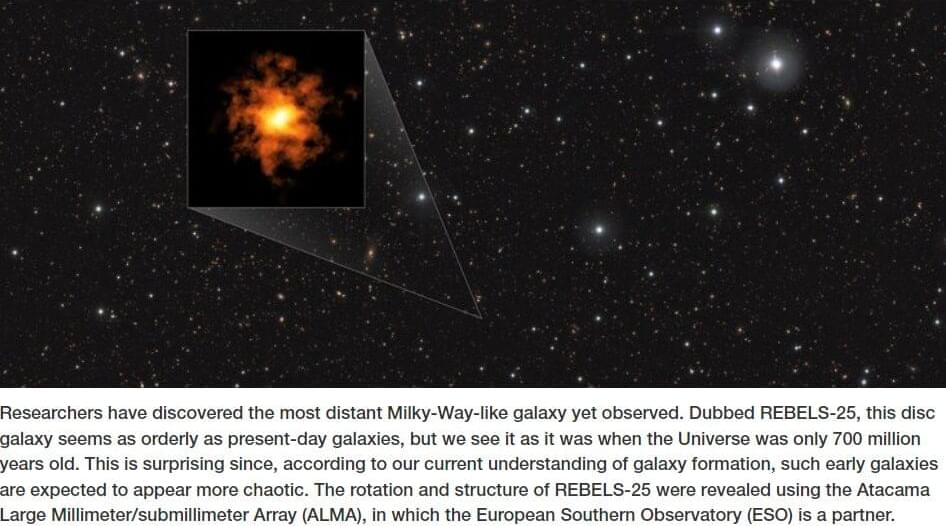Oct 30, 2024
Innovative AI Tool Identifies High-Risk Prostate Tumors with 85% Accuracy
Posted by Laurence Tognetti, Labroots Inc. in categories: biotech/medical, robotics/AI
“Al-determined tumor volume has the potential to advance precision medicine for patients with prostate cancer by improving our ability to understand the aggressiveness of a patient’s cancer and therefore recommend the most optimal treatment,” said Dr. David D. Yang, MD.
How can artificial intelligence (AI) help medical professionals identify, diagnose, and treat prostate cancer? This is what a recent study published in Radiology hopes to address as a team of researchers developed an AI model designed to identify prostate cancer lesions, which holds the potential to help medical professionals and patients make the best-informed decisions regarding diagnoses and treatment options.
For the study, which was conducted between January 2021 to August 2023, the researchers had their AI model examine MRI scans from 732 patients, including 438 patients who underwent radiation therapy (RT) and 294 patients who underwent radical prostatectomy (RP). The goal was to compare a potential success rate of the AI model identifying tumors compared to patient treatment between 5 to 10 years after being diagnosed.
Continue reading “Innovative AI Tool Identifies High-Risk Prostate Tumors with 85% Accuracy” »


















